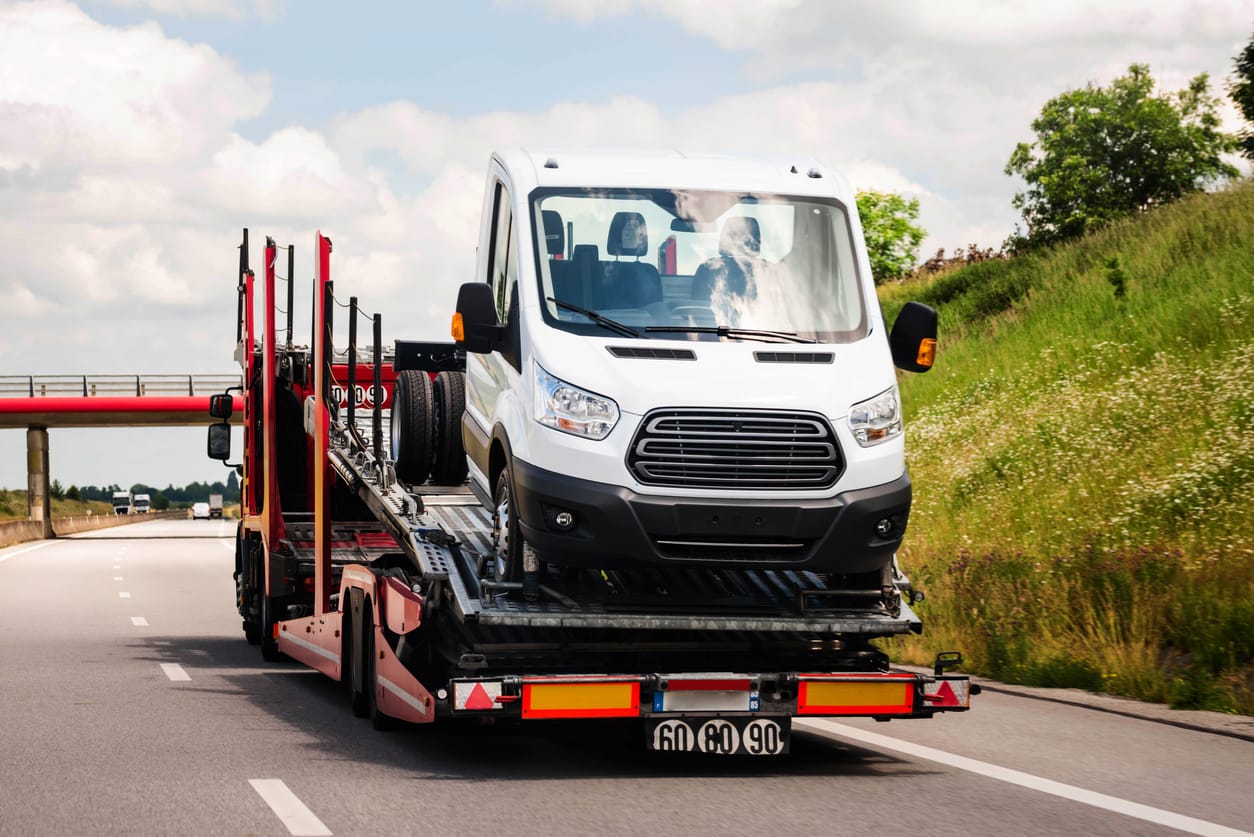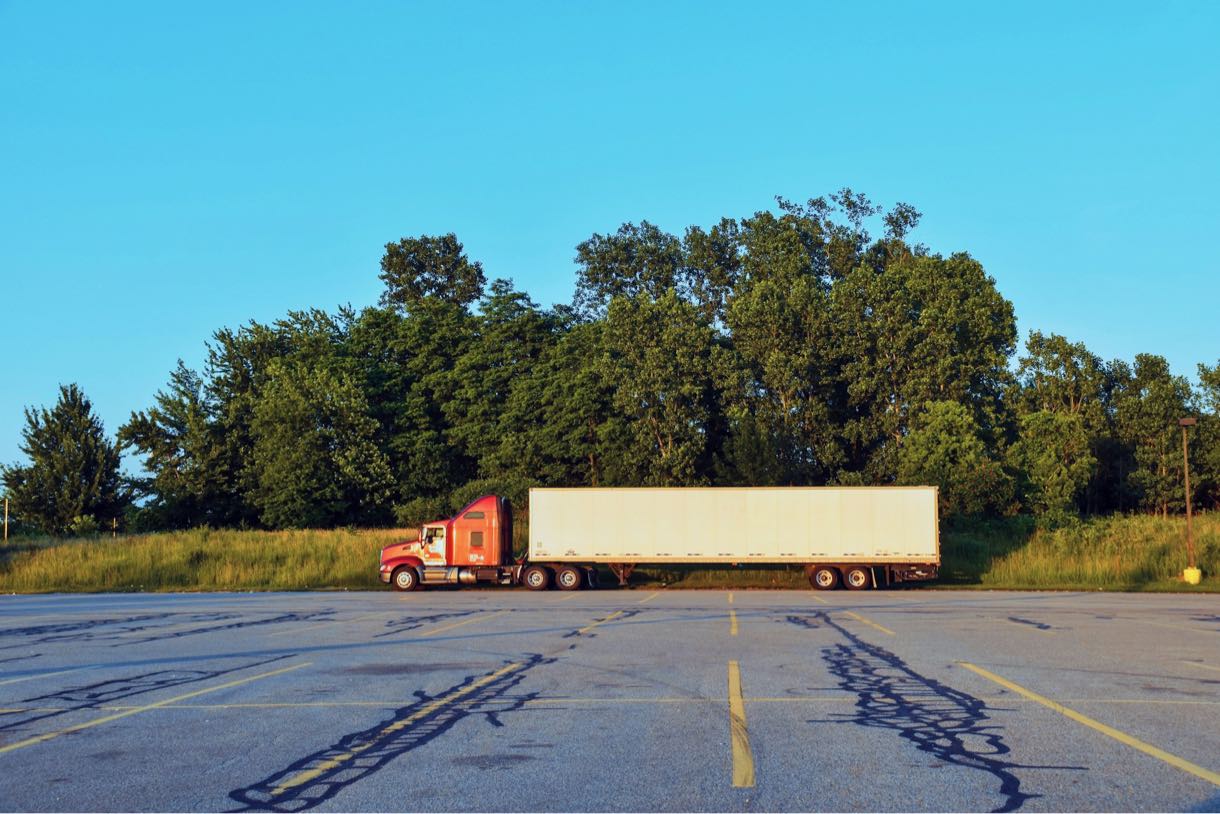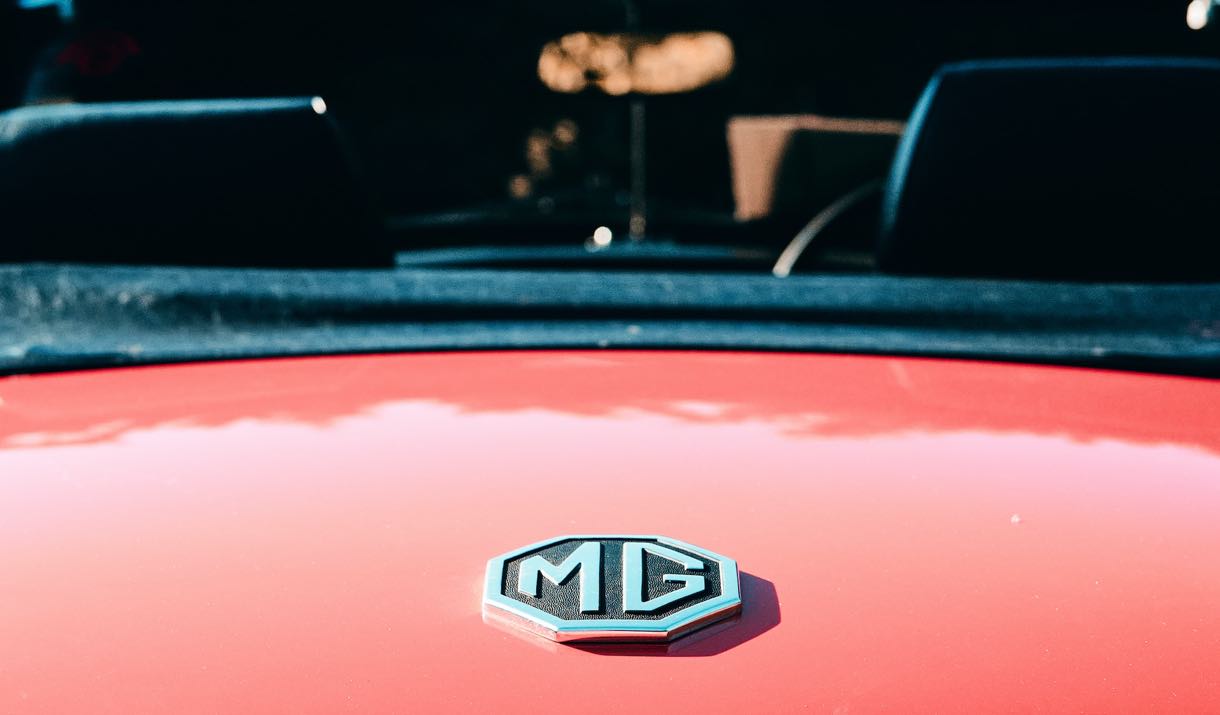Numerous challenges arise when shipping a non-operational vehicle and one of the most obvious ones is that they are more difficult to load and unload, than regular fully functional cars. In this article, we will take you through the process of shipping a non-operational vehicle, the challenges involved, and how we, as a shipping company, overcome this challenge. But first, what exactly is a non-operational vehicle?
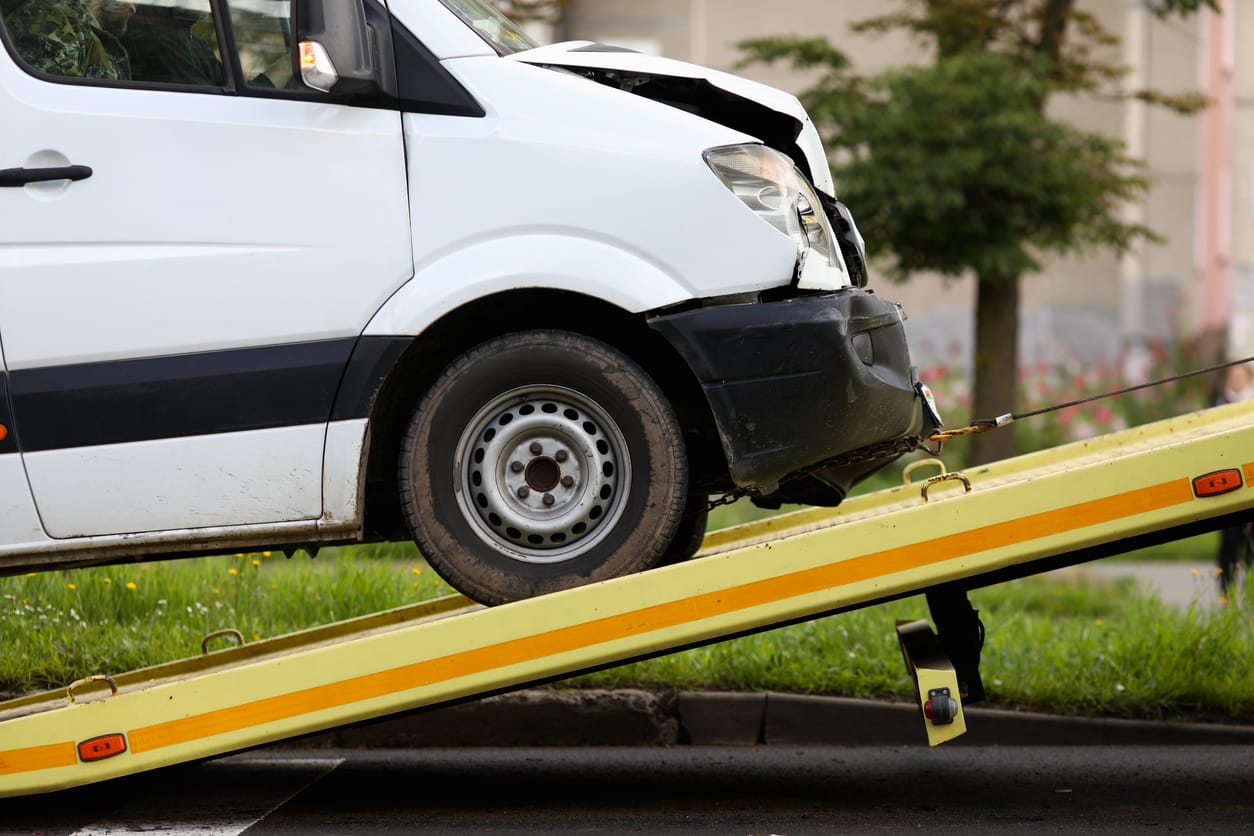
A non-operational vehicle, as the name suggests, is a vehicle that cannot be operated or driven. The term is also used to refer to vehicles that are very unsafe to drive.
Fully functional vehicles can become non-operational as a result of mechanical failure due to damage sustained from a collision, accident, or a less than adequate shipping process. Keep in mind that, for a non-operational vehicle to be viable for shipping, it needs to be able to roll, steer, and brake.
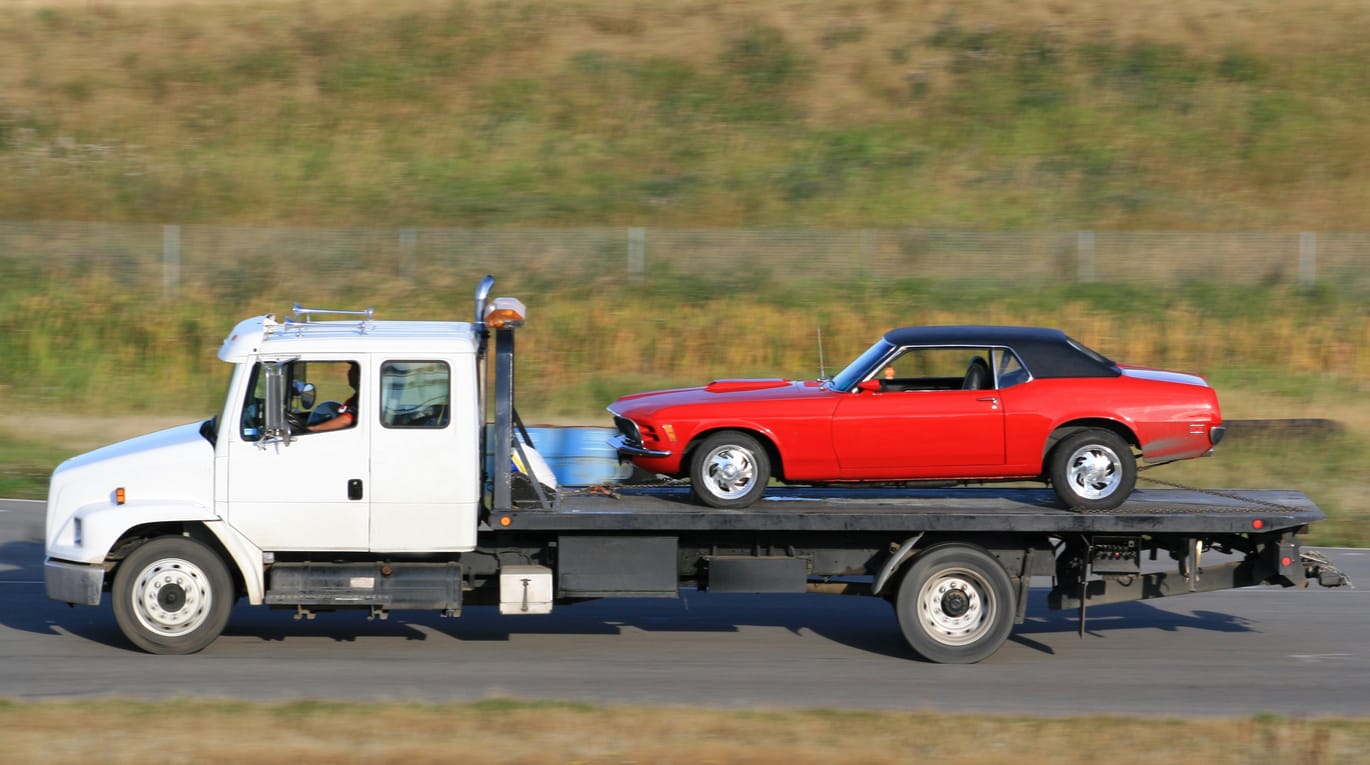
Shipping a non-operational vehicle is not impossible; in fact, it is almost the same as shipping an operational vehicle. The only minor difference is in the extra cost, and attention and equipment required to ship it safely. Here are some steps you can take to ship your non-operational car.
- Hire a capable shipping company: Not all shipping companies have the equipment and resources to ship a non-operational vehicle; this is why you need to ensure that the shipping company of your choice is capable of shipping the vehicles. One way to ascertain that a company can ship your non-operating vehicle is to do some research; go to the company’s website and view their catalogs of services and the reviews left by their previous customers.
- Inform the company about the vehicle’s condition and make the necessary arrangements: Contact the shipping company of your choice and let them know of your shipping requirements and details, like the shipping method, insurance coverage, timeframe of delivery, and location of pickup and delivery. Doing this allows the company to calculate the estimated cost of shipping your vehicle, and gives them more time to arrange for the shipping. Doing this early reduces the chances of complications or mishaps happening during the shipping process
- Prepare your inoperable vehicle for shipping: To make the shipping process as smooth as possible, you need to take some preparatory steps. These steps depend on the type of vehicle you are shipping and the shipping company you are shipping with, but some important steps for an non-operational vehicle is to properly secure loose parts and external components, drain fluids from the vehicle (including the fuel tank, as it would not be needed), disconnect electrical and alarm systems, and remove all your personal belongings.
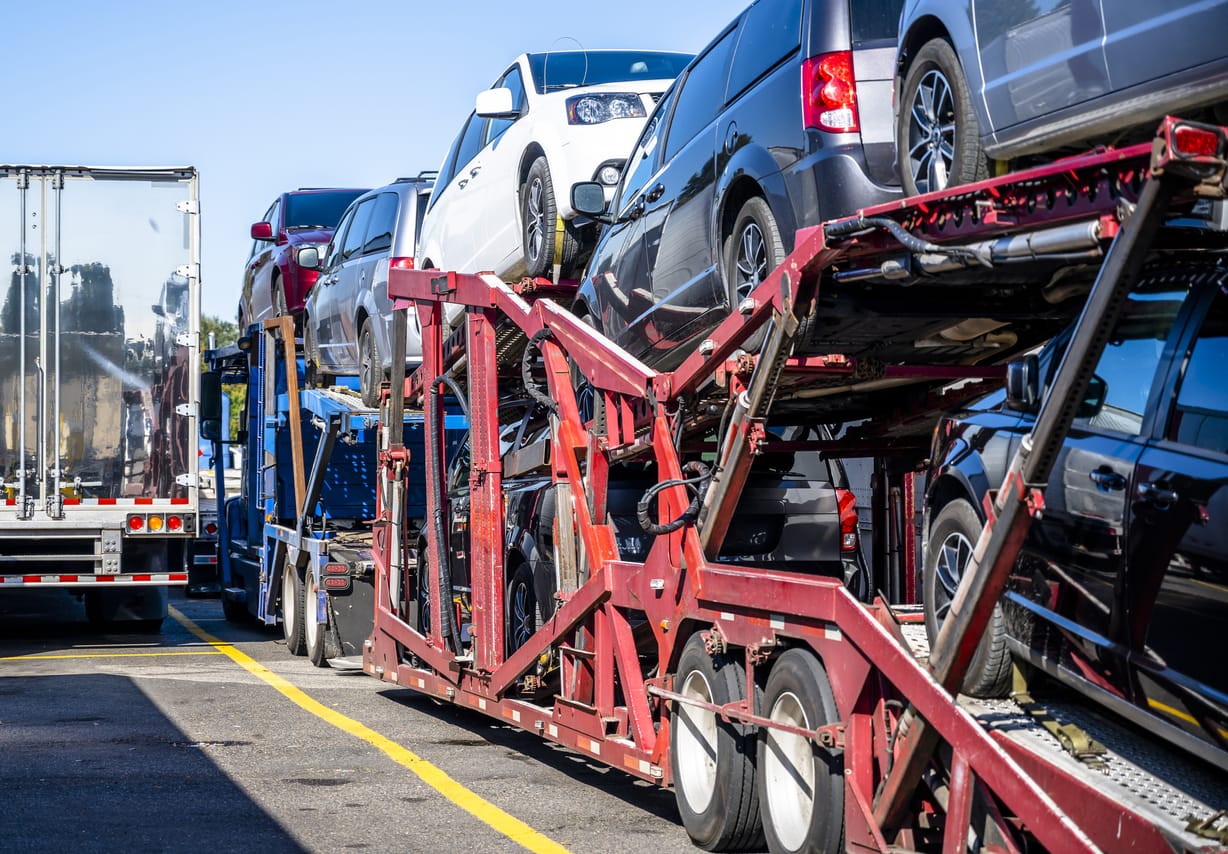
A challenge that comes with shipping non-operational vehicles is that they cannot be driven into a carrier; instead, they require additional equipment and attention. When shipping on an open-air carrier, if the car can be rolled and steered, then the car is loaded and unloaded using a chain attached to the carrier, but if not, a forklift is required. The process of loading is easier with enclosed carriers, since they come equipped with liftgates; a mechanism that makes loading and unloading easier.
Another challenge with shipping a non-operational vehicle is that it is more expensive, the additional cost comes from the extra equipment and attention that the process requires. The handlers also need to be knowledgeable on the steps and practices involved. Other factors that could affect the cost are the make and model of the car, distance and route of travel, shipping option and type of carrier, as well as timeframe and season of shipping.

The process of shipping a non-operational vehicle (aka in-op auto) is no different from shipping a normal one, except for the challenges with loading them and the extra cost it requires. However, with state-of-the-art equipment and experienced individuals, these challenges can easily be overcome.
Ship A Car, Inc. is properly equipped to carry out the process of shipping your non-operational vehicles. Contact our customer representatives on (866) 821-4555 to discuss the shipping requirements for your non-operational vehicle and get a free quote.
Enclosed carriers. Although it is a more expensive transport option, using an enclosed carrier prevents your inoperable vehicle from incurring additional damages that may cost even more to fix, or render the vehicle useless overall. Enclosed carriers also have lift gates that make it easier to load and unload vehicles, even if the vehicle cannot be rolled or steered.
Non-operational vehicles require additional resources and workforce to ship properly. Their inability to operate also makes it harder to load and unload. Shipping companies take these factors into account, and provide the best services even if it will cost a little extra.
